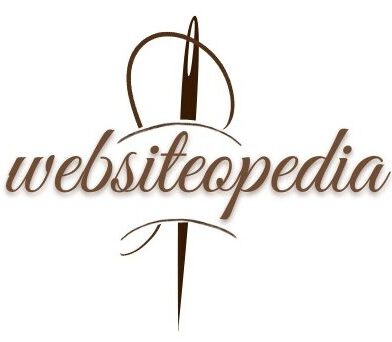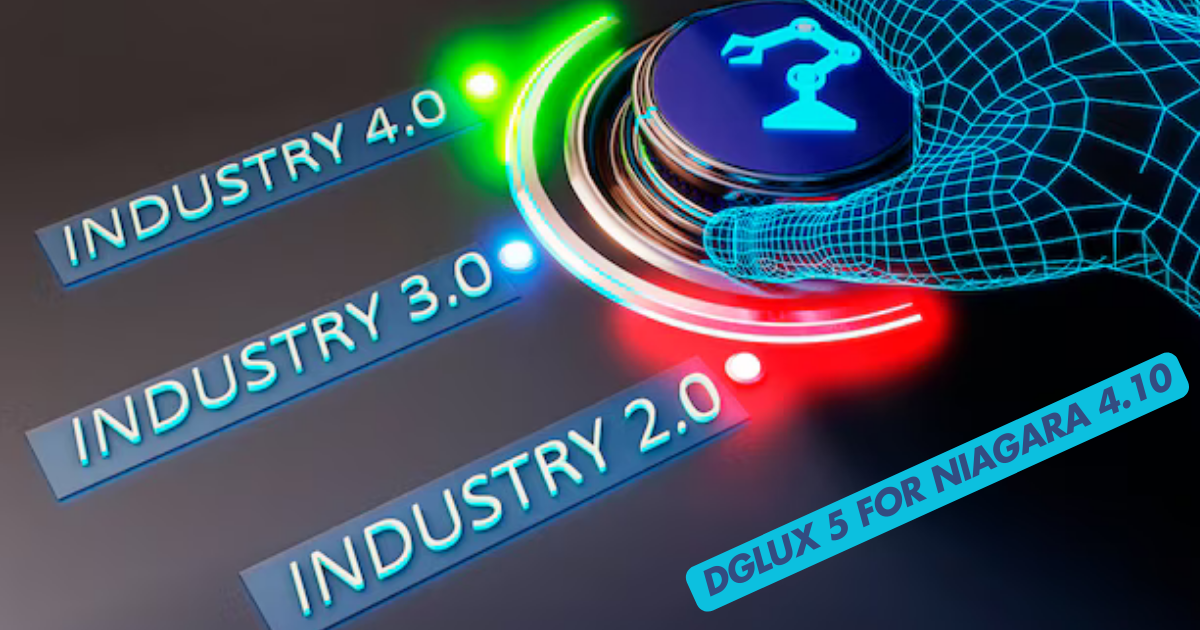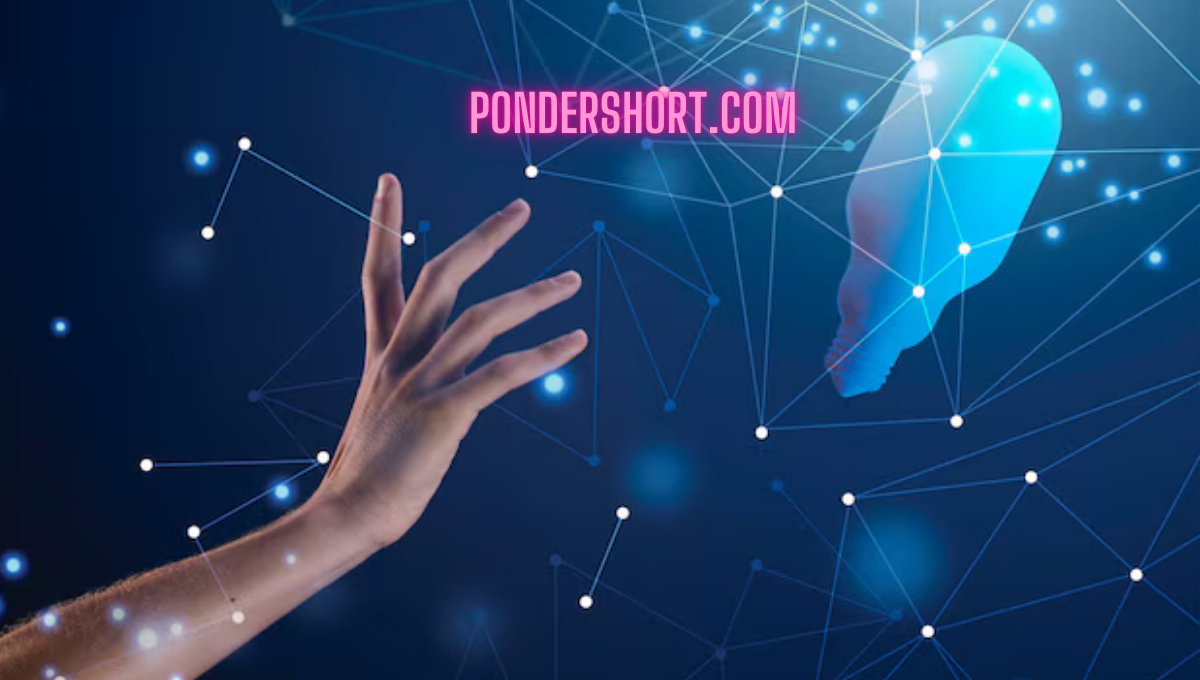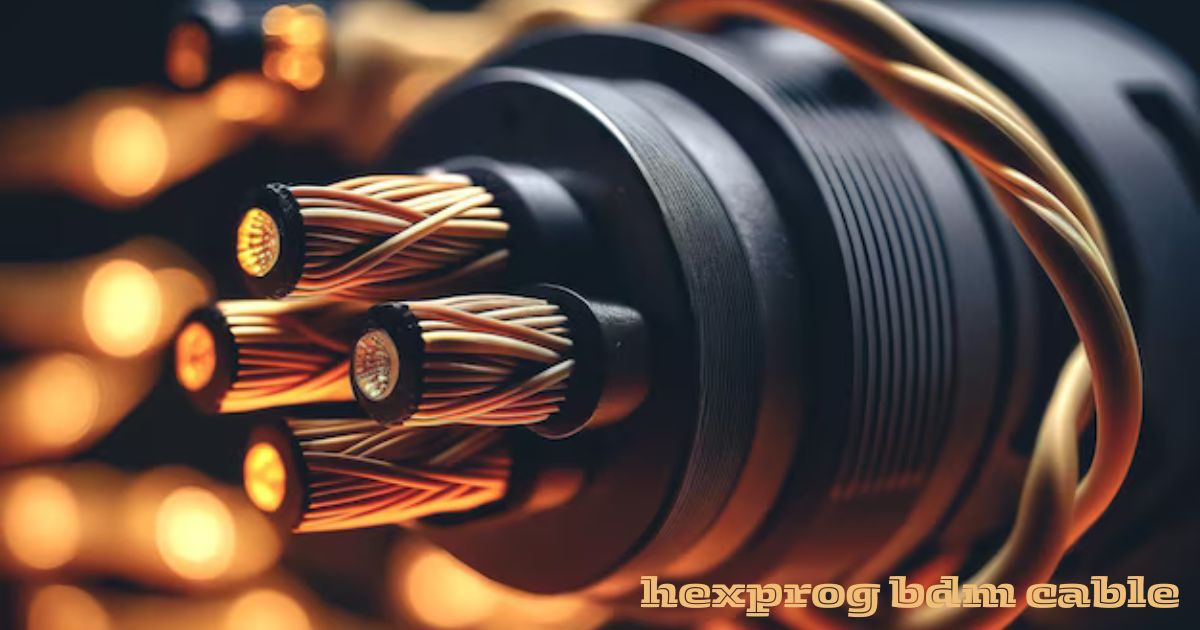DGLux 5 for Niagara 4.10 is a powerful data visualization tool designed to integrate with Niagara 4.10, a well-known framework for building automation systems (BAS). This combination offers users a streamlined and visually compelling way to monitor, control, and manage data from smart buildings, industrial facilities, and other automated environments. DGLux 5’s advanced features, when paired with Niagara 4.10, provide an intuitive interface that enhances user interaction and helps drive efficiency, energy savings, and operational improvements in building management systems.
What is DGLux 5?
A web-based visualization tool called DGLux 5 enables users to design intricate data visualizations, user interfaces, and highly dynamic dashboards. Because it’s a no-code platform, users may quickly create and deploy solutions even without much programming experience. DGLux 5 is perfect for engineers, building operators, and facilities managers that require real-time insights into their systems since it can handle massive volumes of data and visually represent it in an understandable manner.
A versatile framework for constructing bespoke dashboards is provided to users by the program, which supports a wide variety of data sources. With DGLux 5, you can monitor energy use, HVAC systems, lighting, and other building activities. Its dynamic graphics and extensive visual tools help you make better decisions.
Niagara 4.10 Overview
The most recent version of Tridium’s Niagara Framework, Niagara 4.10, is a platform that can be used to automate and manage a variety of building systems, including security, lighting, and HVAC.The improves its interaction with contemporary building automation systems by introducing a number of new features and performance improvements that make it more scalable and safe.
Niagara 4.10’s primary benefit is its ability to integrate different systems. Niagara can integrate disparate systems that operate on different protocols in buildings, enabling users to manage all of them from a single interface. An environment that is more linked and efficient results from this.
The Benefits of Combining DGLux 5 and Niagara 4.10
DGLux 5 and Niagara 4.10 together provide a very efficient way to manage and visualize building data. The following explains why combining these two methods is so effective:
Better Visualization: DGLux 5 creates engaging and interactive dashboards using the data collected by Niagara 4.10. Users may easily design personalized interfaces that show real-time data on anything from energy usage to equipment performance.
No-Code Development: Users don’t need to write a single line of code to build and implement apps with DGLux 5. For engineers and building operators that need to make changes fast and don’t want to hire expert software developers, this is essential.
Real-Time Monitoring: DGLux 5 offers the interface for managing and monitoring the data that Niagara 4.10 collects in real-time from several systems. Users are able to view performance data in real time and make decisions based on the state of affairs.
Mobile and Web Access: Web-based access is provided by Niagara 4.10 and DGLux 5, allowing users to monitor and manage their systems from any web-enabled device. For facility managers who must access systems remotely or while on the go, this flexibility is essential.
Enhanced Efficiency: Managers can find inefficiencies or issues in building systems more quickly thanks to DGLux 5’s user-friendly interface. Whether it’s lights left on after hours or an overly active HVAC system, this integration offers the knowledge required to promote efficiency gains.
Scalability: Both platforms are very scalable, which allows them to expand to meet a company’s needs. DGLux 5 and Niagara 4.10 together can manage the data needs of any size structure, whether it’s a tiny office or a large university.
How to Implement DGLux 5 with Niagara 4.10
Prior to using DGLux 5 for Niagara 4.10, make sure that both systems are compatible and appropriately configured. The steps to start integrating these tools are listed below:
Install Niagara 4.10: Verify that the automation systems of the building have Niagara 4.10 installed and configured. In order to connect DGLux 5 and make sure that data is flowing from all systems, this step is crucial.
Install DGLux 5: Niagara 4.10 allows you to install DGLux 5 as a module. After installation, customers can use Niagara’s user interface to access it.
Data Binding: DGLux 5 can establish a connection to the data points in Niagara 4.10 after it is installed. With DGLux 5, users can tie these data points to visual components to produce dashboards and visualizations.
Customizing Dashboards: Create bespoke dashboards that are suited to the unique requirements of the building or facility by utilizing the drag-and-drop interface of DGLux 5.
After configuring the dashboards, users can track energy consumption, equipment performance, and real-time system monitoring. They can also enhance operations by using the insights that are present.
Use Cases for DGLux 5 with Niagara 4.10
DGLux 5 and Niagara 4.10 integration has a variety of applications and use cases.
Commercial Buildings: By using customized dashboards, facility managers can keep an eye on the lighting, HVAC, and security systems, lowering operating expenses and increasing energy efficiency.
Industrial Facilities: By monitoring equipment performance, manufacturers can make sure that gear is running within ideal bounds. This can enhance maintenance schedules and cut down on downtime.
Campuses of higher education: Colleges and universities can keep an eye on a number of buildings from one central place, making sure that energy use is optimize and all systems are functioning properly.
Healthcare: DGLux 5 can be use by clinics and hospitals to keep an eye on vital systems like lighting and HVAC and make sure they’re operating correctly and effectively.
Conclusion
A strong and user-friendly solution for organizing and displaying data from building automation systems is provided by DGLux 5 for Niagara 4.10. Because of its no-code methodology, it can be use by engineers and facility managers alike, and its real-time data integration facilitates more efficient building operation monitoring and optimization. DGLux 5 in conjunction with Niagara 4.10 is a game-changing solution that provides concise, actionable data in an intuitive interface, regardless of your goals—enhancing energy efficiency, cutting operating expenses, or gaining deeper insights into the performance of your building.
FAQs
What is the Framework of Niagara?
Tridium create the Niagara Framework, a universal software platform for automating, controlling, and integrating building systems like lighting, security, and HVAC. It enables collaboration and communication between several systems through a single interface.
How is DGLux 5 unique among visualization tools?
The unique feature of DGLux 5 is its no-code methodology.It enables users to create sophisticate dashboards and data visualizations without the need for programming knowledge. Additionally, it provides dynamic and highly interactive visual components that improve the user experience.
Can DGLux 5 function with other versions of Niagara?
Yes, DGLux 5 can function with other versions of Niagara, but it is always advise to utilize the latest recent versions to ensure best performance and compatibility, such as Niagara 4.10.
What kind of system is need to use DGLux 5?
Because DGLux 5 is web-base, it usually needs a Niagara system for data integration and a compatible web browser. For optimal performance, it is advise to review the specifie system requirements for Niagara 4.10 and DGLux 5.
Can I use a mobile device to access DGLux 5 dashboards?
Yes, DGLux 5 is entirely responsive and web-base, so you can use it on any device with a web browser.It including tablets and smartphones, to access your dashboards and control systems.











